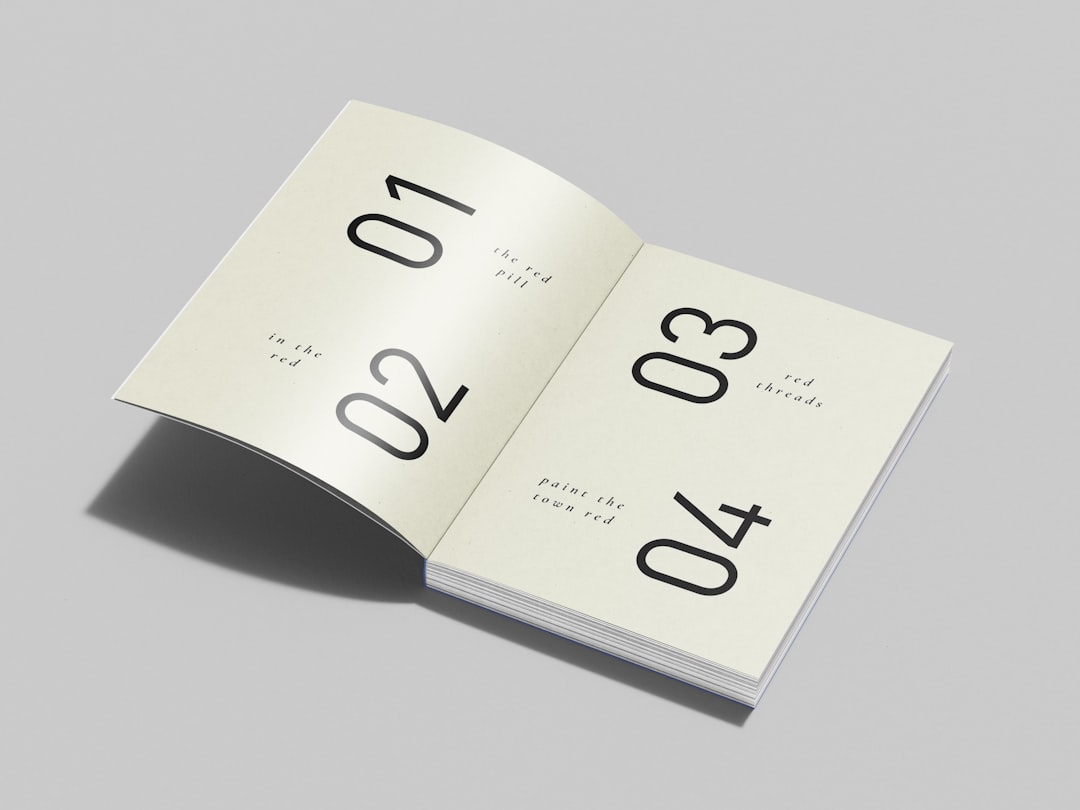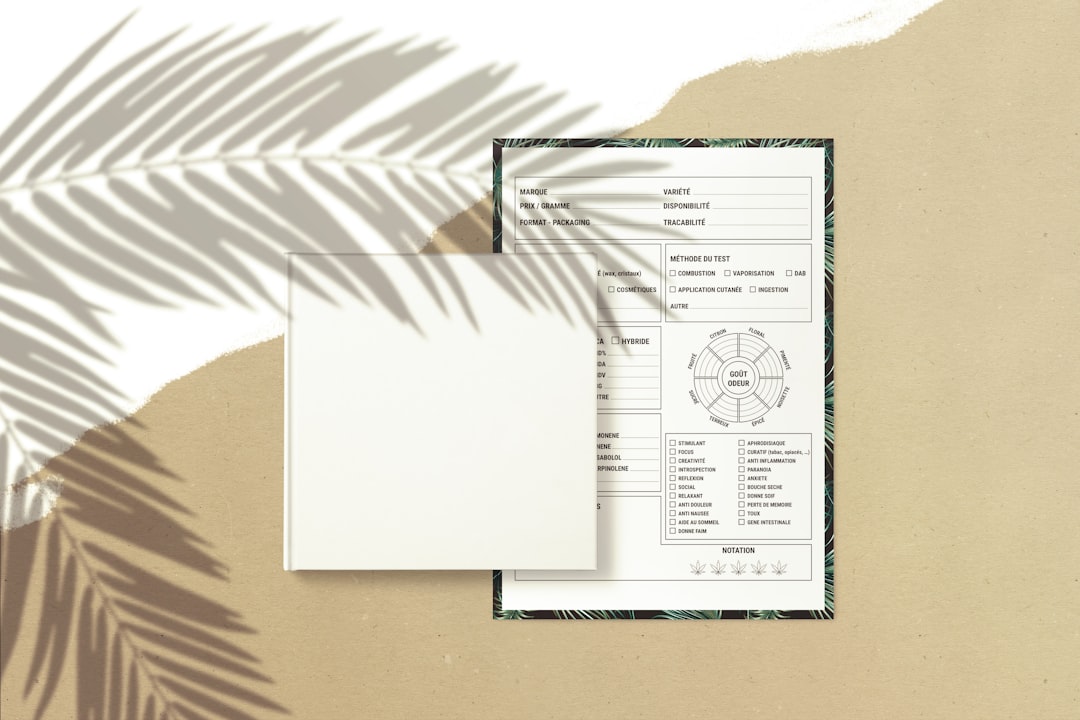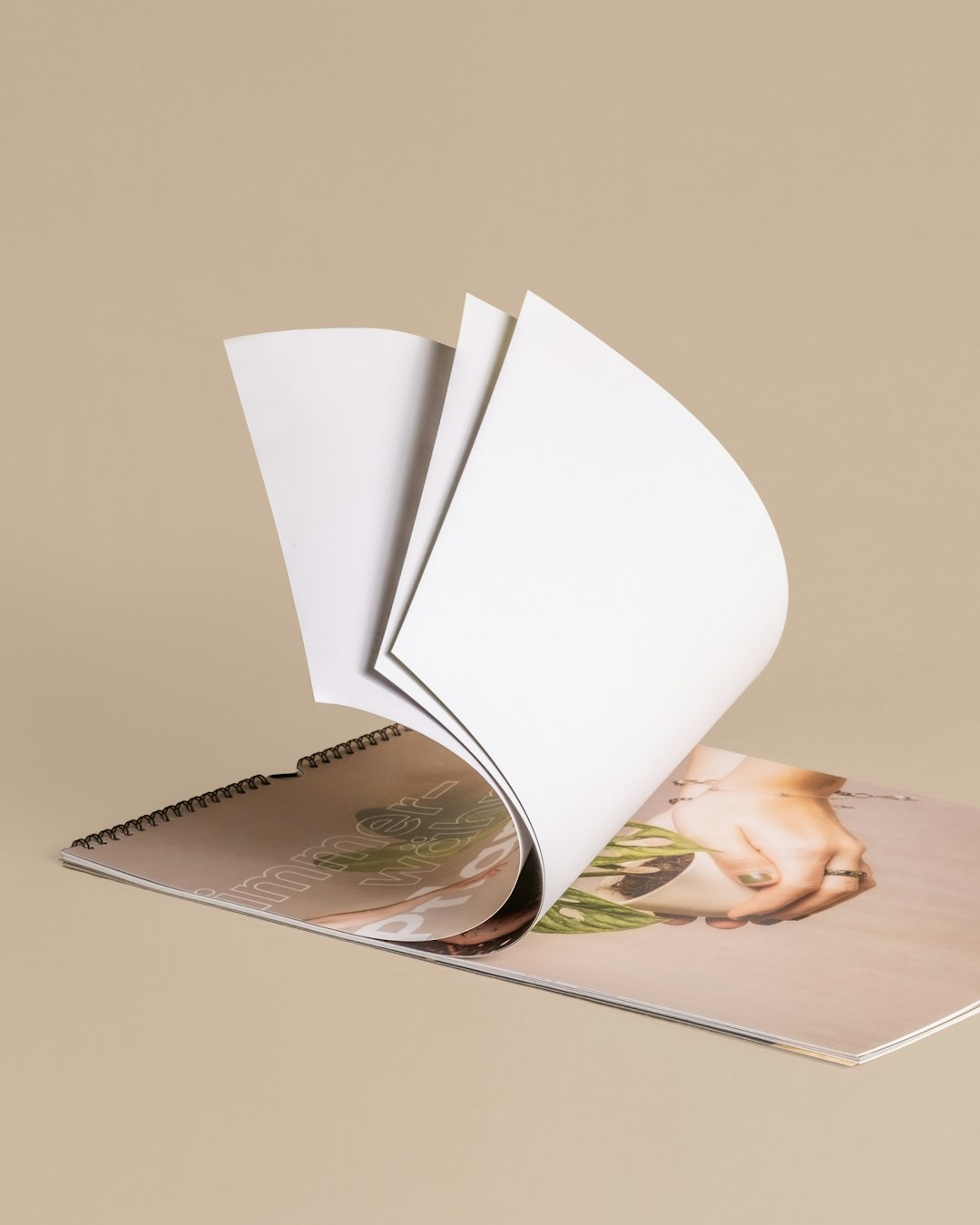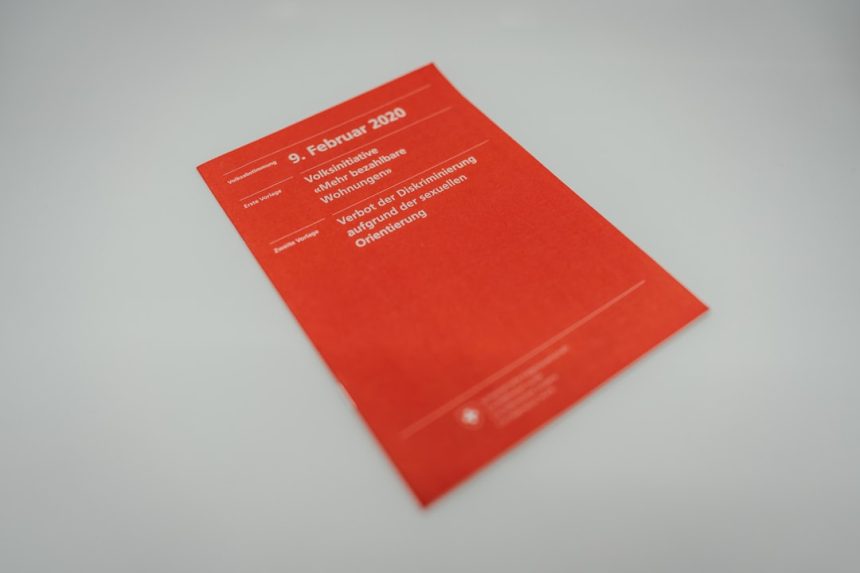Brochures remain a powerful marketing tool, offering a compact yet comprehensive way to present information. When designing a double-sided brochure, the type of fold you choose plays a crucial role in how content is delivered, perceived, and navigated by the reader. Whether for corporate presentations, product catalogs, or event programs, selecting the right fold enhances usability, visual appeal, and information hierarchy.
The Importance of Choosing the Right Fold
Folding is not just about aesthetics. Different folding methods serve different communicative purposes. An effective fold structures content in a logical flow, engages the reader, and maximizes use of space without overwhelming the layout. It is essential to align the folding style with the brochure’s objective, audience, and intended usage scenario.
Common Folding Options for Double-Sided Brochures
1. Half Fold (Single Fold)
This is the simplest folding style where the brochure is folded once down the center, creating two equal panels – a front and a back.
- Use Case: Ideal for menus, product guides, or event programs.
- Advantages: Straightforward layout and easy to design.

2. Tri-Fold
One of the most commonly used folds, the tri-fold splits the page into three vertical panels, which fold inward over each other.
- Use Case: Perfect for general business brochures, travel pamphlets, or informational handouts.
- Advantages: Provides six panels for content distribution, making it easy to separate sections or ideas.
3. Z-Fold
In a Z-fold, the paper is folded into three panels that unfold like a zigzag.
- Use Case: Useful when you want to present information in a flowing manner or for maps and charts.
- Advantages: Each panel opens naturally without overlap; ideal for step-by-step guides.
4. Gate Fold
The gate fold has two end panels that open like doors to reveal a larger interior panel.
- Use Case: Often used for product presentations or premium marketing materials where a dramatic reveal is desired.
- Advantages: Offers an element of surprise and focus for central content.

5. Accordion Fold
This fold alternates back and forth like an accordion or fan, usually with 4 or more panels.
- Use Case: Effective for storytelling, timelines, or step-by-step visuals.
- Advantages: Allows for extended presentations and well-structured sequences.
6. Double Parallel Fold
Here, the brochure is folded in half and then folded again in the same direction, creating four long vertical panels.
- Use Case: Ideal for brochures that require a clean progression of detailed information.
- Advantages: Compact yet offers ample space for segmented content.
7. Roll Fold
In a roll fold, each panel is folded inward on top of the previous panel, rolling in from one end.
- Use Case: Great for tutorial-style brochures or multi-step instructions.
- Advantages: Logical and sequential presentation of step-by-step content.
Factors to Consider When Selecting a Fold Type
While the type of fold influences appearance and usability, practical aspects must also be considered:
- Content Structure: Determine how your message is best segmented across different panels.
- Design Complexity: Some folds require more intricate layouts and design expertise.
- User Experience: Think about how the reader will interact with the brochure.
- Printing Costs: Complex folds can be more expensive to print and assemble.

Conclusion
Choosing the appropriate folding style for a double-sided brochure is a foundational design decision. Each method offers its own strengths, from maximizing visual impact to structuring information in a digestible way. By carefully aligning fold types with the brochure’s goals and content, marketers and designers can ensure their message is delivered in the most effective and engaging manner possible.


